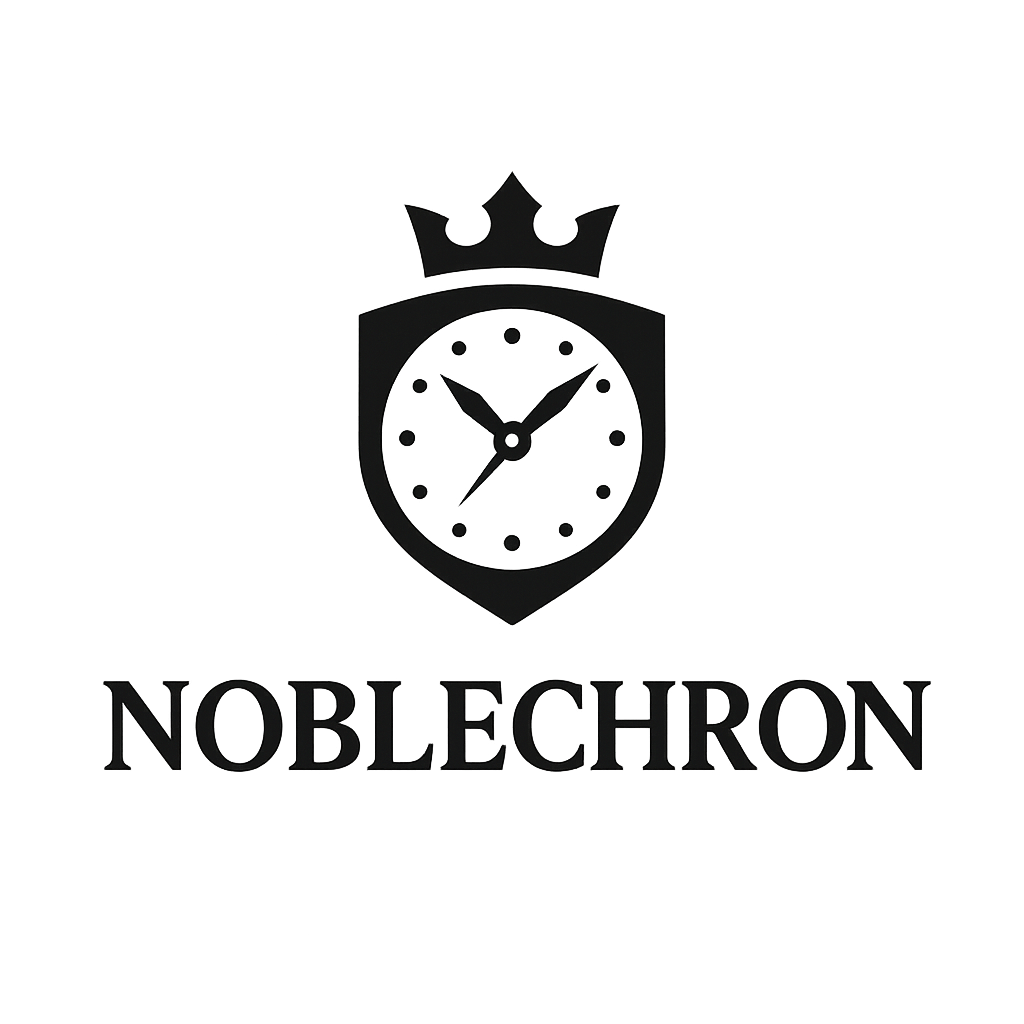Men's Fashion, Women's Fashion
Steel, Gold, Titanium, or Ceramic: Choosing the Right Watch Material for You
Selecting the ideal watch material represents one of the most crucial decisions in luxury timepiece ownership, directly impacting aesthetics, durability, comfort, and long-term satisfaction. Understanding the unique characteristics, advantages, and limitations of different materials empowers collectors to make informed choices that align with lifestyle requirements, style preferences, and budget considerations.
Modern watchmaking employs an impressive array of materials, each offering distinct benefits and aesthetic qualities. From traditional precious metals that convey timeless elegance to cutting-edge ceramics that provide superior durability, today’s material choices reflect both centuries of horological tradition and contemporary technological innovation.
The relationship between case material and personal style extends beyond simple appearance preferences. Different materials age differently, require varying maintenance approaches, and convey distinct messages about the wearer’s priorities and personality. Understanding these nuances ensures that your timepiece selection enhances rather than complicates your lifestyle.
Stainless Steel: The Perfect Balance
Stainless steel has emerged as the most popular luxury watch material, offering an exceptional combination of durability, aesthetic appeal, and relative affordability that makes it ideal for daily wear. Modern watchmaking primarily utilizes 316L and 904L stainless steel alloys, each providing specific advantages for different applications and budgets.
316L stainless steel, the industry standard, provides excellent corrosion resistance and finishing capabilities at moderate cost. This material accepts various surface treatments beautifully, from high-polish to brushed finishes, while maintaining structural integrity under normal wear conditions. Most luxury manufacturers use 316L for entry-level and mid-range collections.
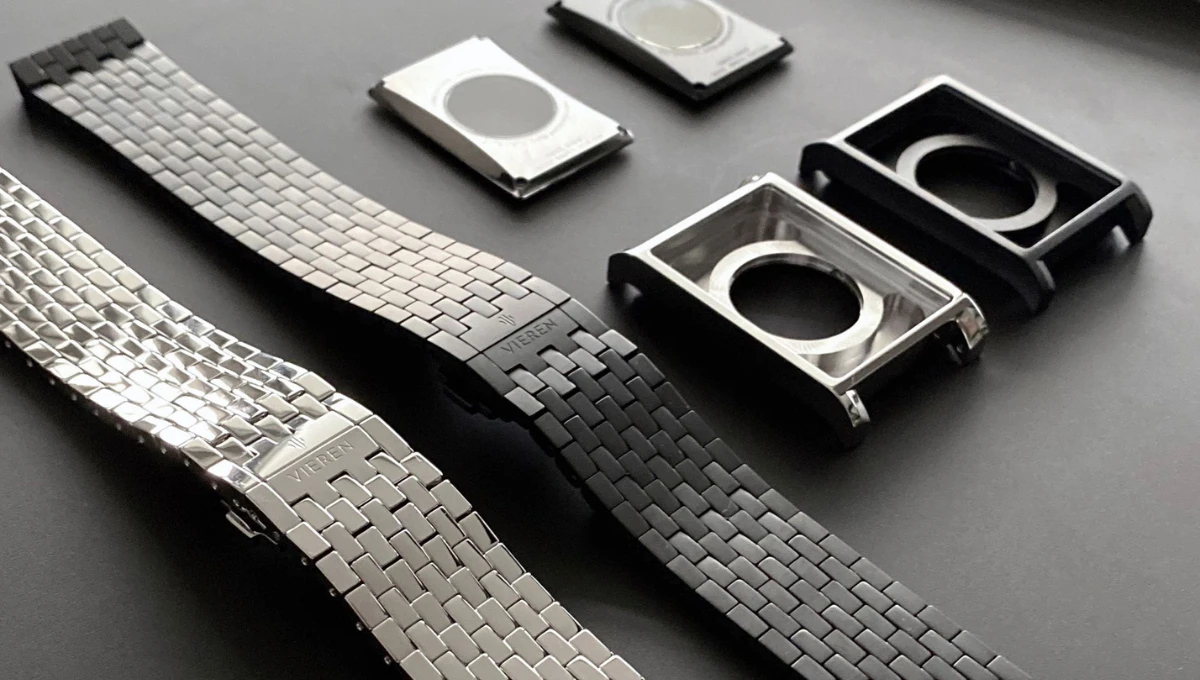
904L stainless steel, pioneered by Rolex for watch applications, offers superior corrosion resistance and finishing capabilities compared to standard grades. This aerospace-grade alloy provides enhanced scratch resistance and accepts mirror polishing better than conventional stainless steel, though production costs increase significantly. The material’s superior properties justify premium pricing for serious collectors.
Stainless steel’s versatility makes it suitable for both casual and formal occasions, with appropriate finishing techniques determining the final aesthetic impact. Brushed surfaces provide understated sophistication perfect for business environments, while polished cases create dramatic light reflection suitable for evening wear.
The material’s durability ensures that properly maintained stainless steel watches retain their appearance for decades, making them excellent choices for daily wear timepieces. Scratches can be polished out during regular service intervals, restoring original appearance without material replacement.
Weight considerations favor stainless steel for extended wearing sessions, providing substantial presence without excessive bulk. The material’s thermal properties ensure comfortable wearing temperatures across various environmental conditions, unlike some alternatives that become uncomfortably hot or cold.
Precious Metals: Timeless Luxury
Gold represents the ultimate expression of luxury watchmaking, offering unmatched prestige and timeless appeal that transcends fashion trends. Modern watchmaking employs various gold alloys, each providing distinct color characteristics and durability properties that cater to different aesthetic preferences.
Yellow gold, the most traditional option, provides warm, classic appeal that complements both vintage-inspired and contemporary designs. Most luxury watches use 18k gold, providing optimal balance between purity and durability. The material’s inherent value provides hedge against economic uncertainty while ensuring lasting beauty.

White gold offers platinum-like appearance at reduced cost, though rhodium plating typically enhances its silvery appearance. This plating eventually wears away with use, requiring periodic renewal to maintain optimal aesthetics. White gold appeals to consumers preferring cool-toned metals without platinum’s premium pricing.
Rose gold has gained popularity for its unique warm appearance and excellent skin compatibility. The copper content responsible for its distinctive color also enhances durability compared to yellow gold alloys. Rose gold particularly complements contemporary designs while maintaining classical luxury appeal.
Platinum represents the pinnacle of precious metal luxury, offering superior durability and inherent hypoallergenic properties. The material’s density creates substantial wearing presence while its chemical stability ensures permanent color retention without plating requirements. Platinum’s rarity and processing difficulty justify premium pricing.
Precious metal watches require careful consideration of lifestyle factors, as soft metals show wear more readily than stainless steel. However, this patina development creates character and authenticity that many collectors appreciate as evidence of genuine use and enjoyment.
Titanium: Advanced Performance
Titanium represents modern engineering excellence applied to luxury watchmaking, offering extraordinary strength-to-weight ratios and biocompatibility that benefits active lifestyles. This space-age material provides unique advantages for collectors prioritizing comfort and durability over traditional luxury materials.
The material’s exceptional lightness surprises first-time wearers, with titanium watches weighing significantly less than steel equivalents while maintaining superior strength characteristics. This weight reduction proves particularly beneficial for large timepieces that might otherwise feel cumbersome during extended wear.
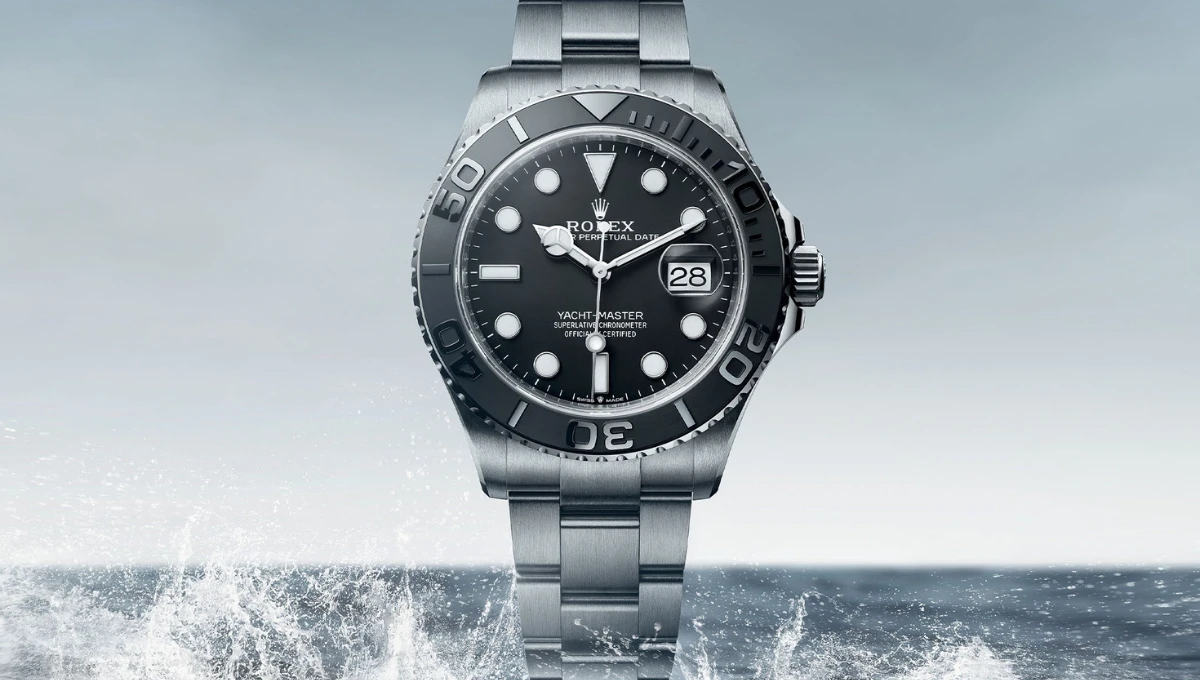
Titanium’s hypoallergenic properties make it ideal for individuals with metal sensitivities, as the material rarely causes skin reactions even during prolonged contact. This characteristic, combined with its corrosion resistance, ensures comfortable wearing under various conditions including intense physical activity.
Scratch resistance represents titanium’s greatest advantage, with the material maintaining appearance better than stainless steel under normal use conditions. While titanium can be scratched, the marks typically appear lighter than the base material, making them less visually prominent than scratches on darker metals.
Color variations in titanium watches range from natural gray to various treated finishes including black coatings and colored anodization. These surface treatments provide unique aesthetic options while maintaining the base material’s performance characteristics.
Processing difficulties and specialized tooling requirements make titanium watches more expensive than equivalent stainless steel models, though costs remain below precious metal alternatives. The material’s benefits often justify premium pricing for active collectors and those with metal sensitivities.
Ceramic: Cutting-Edge Innovation
High-tech ceramics represent the newest frontier in luxury watch materials, offering exceptional scratch resistance and color stability that surpasses traditional alternatives. Modern watchmaking ceramics, typically zirconia-based, provide unique properties that appeal to collectors seeking ultimate durability.
Scratch resistance represents ceramic’s primary advantage, with properly formulated materials approaching diamond-like hardness that maintains appearance indefinitely under normal use. This characteristic eliminates the maintenance polishing required for metal watches while ensuring permanent aesthetic appeal.
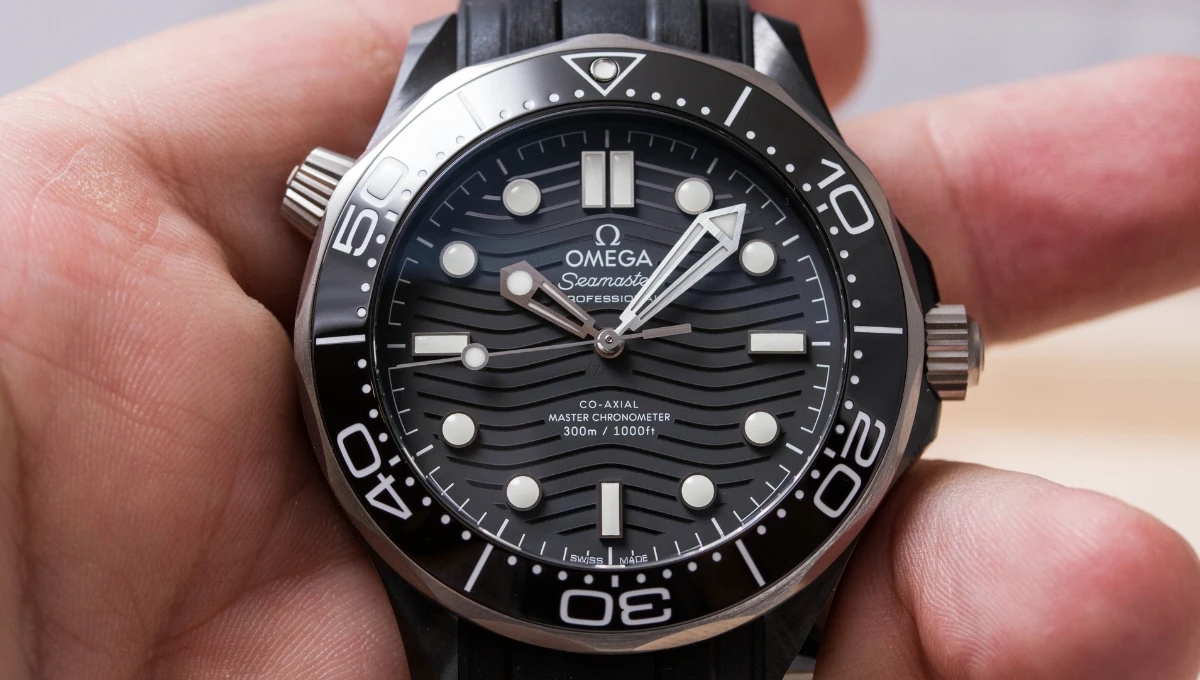
Color options in ceramic watches include classic black and white along with various colored formulations that provide unique aesthetic opportunities. These colors remain stable indefinitely, unlike painted or plated surfaces that may fade or wear over time.
Weight characteristics vary significantly among ceramic formulations, with some approaching stainless steel density while others remain significantly lighter. This variation allows manufacturers to optimize wearing comfort while maintaining desired aesthetic and performance characteristics.
Thermal properties of ceramic materials provide comfortable wearing temperatures across environmental extremes, as the material conducts heat poorly compared to metals. This characteristic prevents uncomfortable temperature transmission from environmental conditions.
Brittleness represents ceramic’s primary limitation, as impact damage can cause chipping or cracking that requires case replacement rather than simple refinishing. This vulnerability requires careful handling, making ceramic less suitable for extremely active lifestyles or high-impact activities.
Hybrid and Composite Materials
Modern watchmaking increasingly employs hybrid constructions that combine different materials to optimize specific characteristics. These approaches allow designers to maximize advantages while minimizing individual material limitations through strategic engineering.
Two-tone constructions commonly combine stainless steel cases with precious metal bezels or crowns, providing luxury accents at reduced cost compared to solid precious metal alternatives. These designs allow aesthetic customization while maintaining practical durability for daily wear.
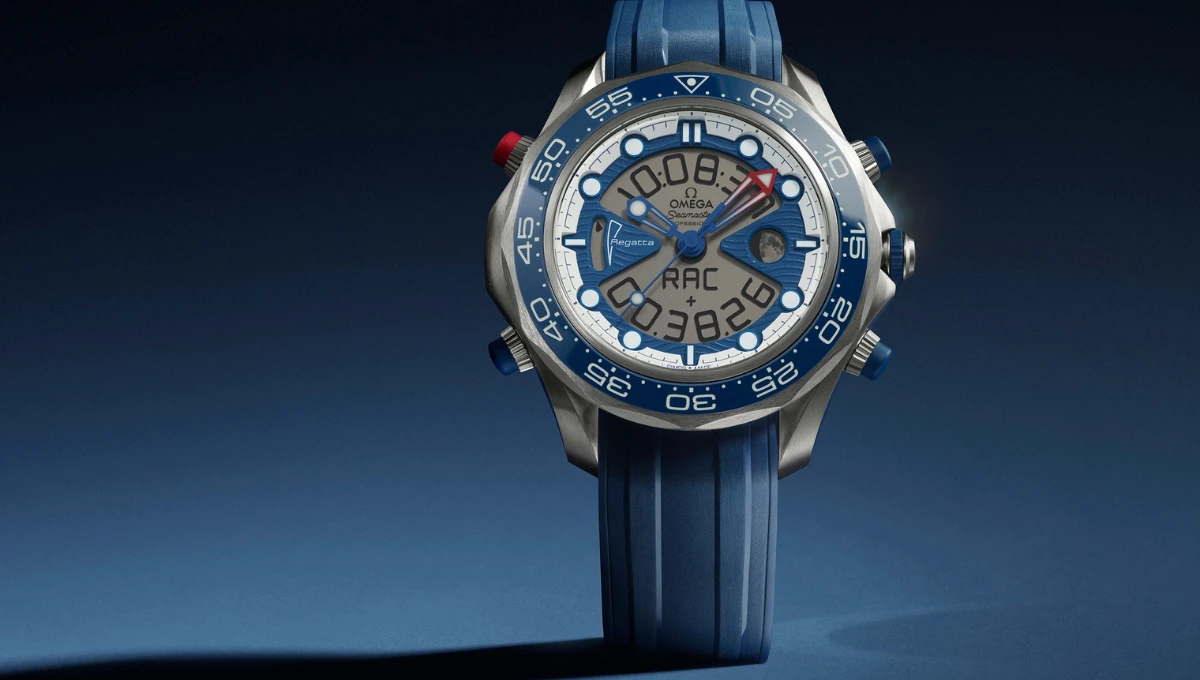
Carbon fiber composites offer exceptional strength and unique aesthetic appeal for sports-oriented timepieces. The material’s directional properties create distinctive visual patterns while providing lightweight strength ideal for active applications.
Forged carbon represents an advanced composite offering exceptional strength characteristics with unique random-pattern aesthetics. Each piece displays individual visual characteristics, ensuring that every watch possesses distinctive appearance qualities.
Making the Right Choice
Lifestyle considerations should drive material selection decisions, with active individuals favoring durable options like stainless steel, titanium, or ceramic, while formal wear requirements might emphasize precious metals for appropriate luxury presentation.
Budget considerations significantly impact material choices, with stainless steel providing excellent value and precious metals commanding premium pricing. Understanding total ownership costs, including maintenance requirements, helps optimize long-term satisfaction.
Personal style preferences ultimately determine material selection, as different options convey distinct aesthetic messages and wearing experiences. Consider how material choices complement existing wardrobe and jewelry selections for optimal coordination.
Skin sensitivity issues favor titanium or ceramic for individuals with metal allergies, while precious metals provide traditional luxury appeal despite potential reactivity concerns for sensitive users.
Understanding material characteristics, advantages, and limitations ensures informed decision-making that results in lasting satisfaction with your luxury timepiece investment. The right material choice enhances daily enjoyment while providing appropriate durability for your specific lifestyle requirements.
